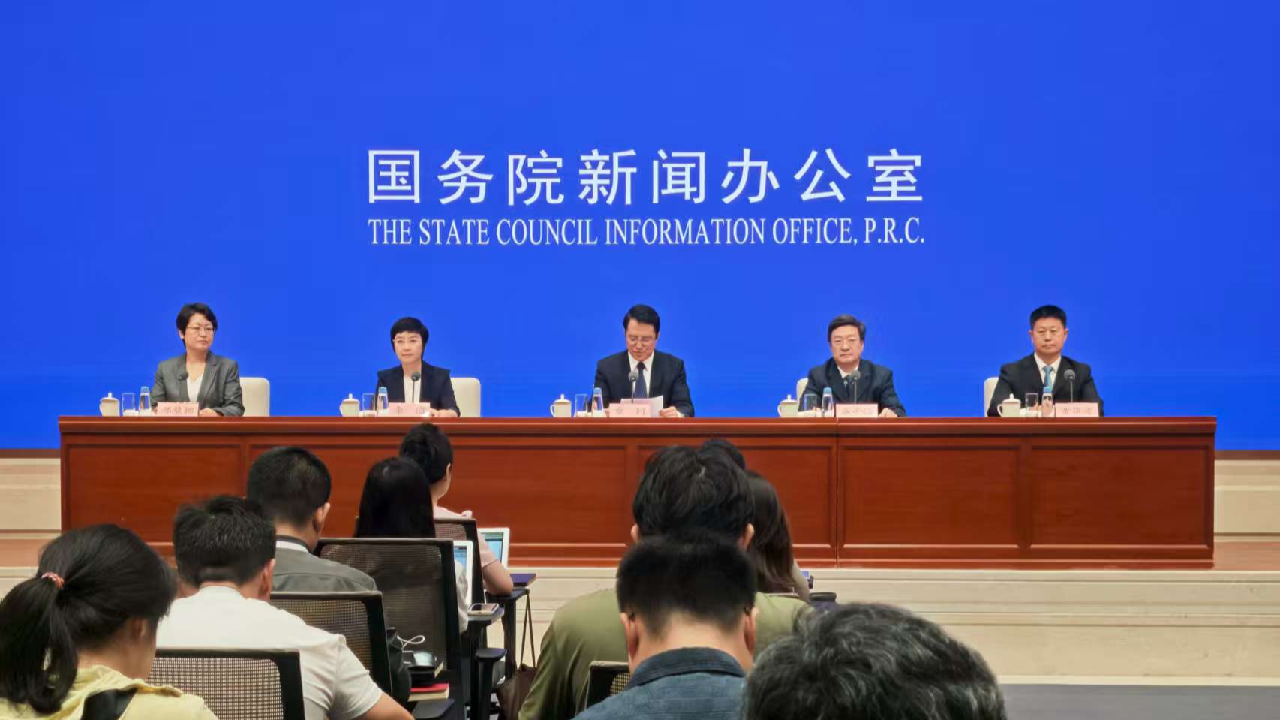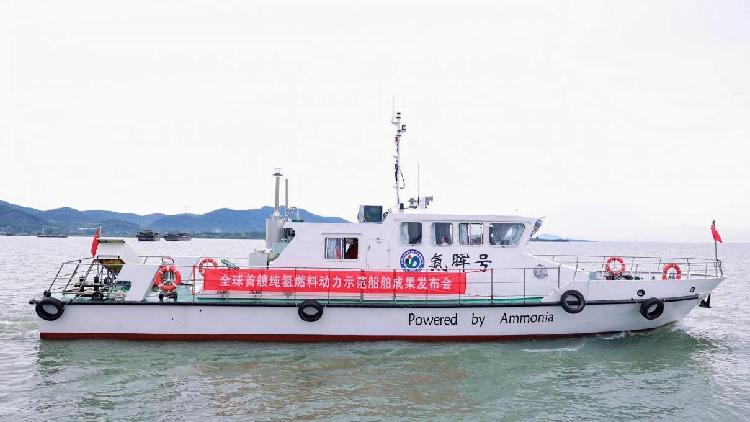Battery Breakthrough for eVTOL: A Future Leap

The collaboration between 中创新航 (Zhong Chuang Xin Hang) and 广汽高域 (GAC High-Domain) marks a noteworthy moment in the rapidly advancing field of electric vertical takeoff and landing (eVTOL) vehicles. With the constant quest for more efficient power solutions, particularly in the electric vehicle sector, this partnership underscores the necessity of advancements in battery technology to substantially impact urban air mobility. Their joint efforts to develop a battery with the highest energy density in mass production is not just a technical milestone; it holds potential reverberations throughout the broader automotive and aerospace industries.
The batteries at the center of this collaboration—namely the 9-series high nickel/silicon cells and the second-generation semi-solid large cylindrical batteries—showcase astonishing specifications. The energy density exceeds 300Wh/kg, with projections for the semi-solid variant reaching 350Wh/kg. To put this into everyday context, higher energy density in batteries equates to longer flight range and reduced charging times, effectively addressing two critical concerns of the EV and aerial mobility sectors: range anxiety and downtime. Furthermore, the integration of advanced materials like aerospace-grade carbon fiber not only enhances safety by reducing weight but also emphasizes a trend toward more sustainable manufacturing practices.
As the GOVY AirCab approaches its certification phase, with plans for mass production slated for the second half of 2026, it becomes increasingly clear that these developments will drive significant public curiosity and investment in eVTOL technologies. With features such as redundant flight controls and intelligent navigation — promising a leap towards Level 4 autonomous driving — the project is tantalizingly close to realizing a vision of low-altitude transportation for everyday users. This has profound implications not only for personal mobility but also for the future landscape of urban planning and transportation infrastructure.
Read These Next

China reaches 95% health insurance coverage in Five-Year Plan
China achieves 95% health insurance coverage with 1.3B enrolled, reflecting major healthcare advancements and a 3.86T yuan fund.

First Pure Ammonia-Powered Ship Completes Maiden Voyage in China
China launched the world's first pure ammonia-powered vessel, the "Anhui," marking a key milestone in green shipping.

Scientists Develop Microbe-Based Bioplastics to Combat Waste
Murdoch University researchers are innovating biodegradable plastics from native microbes to combat global plastic waste in food packaging.
